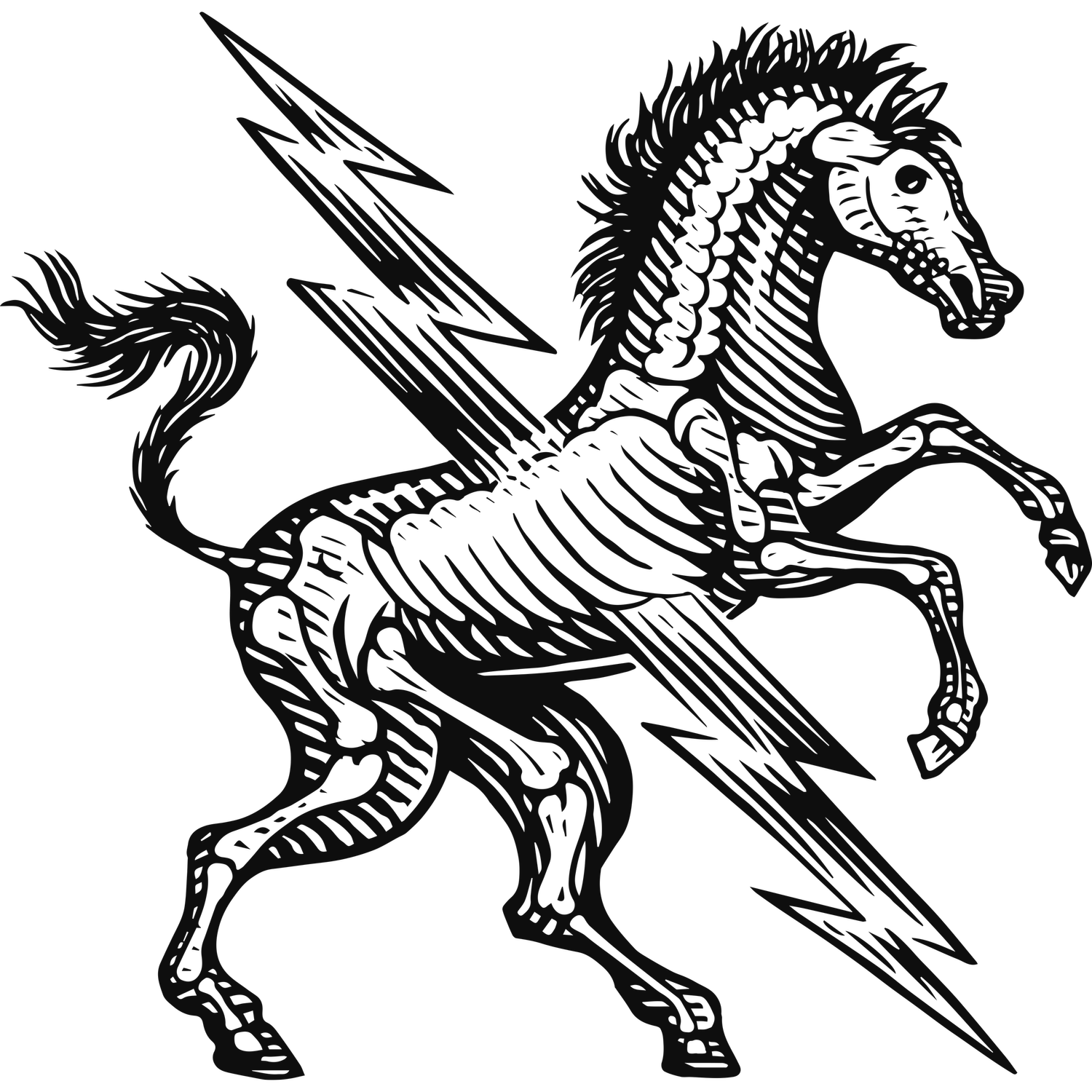Hotel branding agency. Hotel colour theory
When you imagine the colour red, what comes to mind? A sportsperson being shown a card for doing something wrong? Perhaps it makes you think about love. Or maybe you imagine a Ferrari speeding off into the distance. Everyone will be different but no matter what you thought, you thought something. It’s likely that you attached an emotion to the colour too. Colour’s a primitive form of information hardwired into cognitive sequencing that we all share. It’s an emotional cue that can make a psychological impact and that’s something all brands can leverage.
Sir Isaac Newton established colour theory when he invented the colour wheel in 1666, so it’s been around for a while. Kind of science, almost art, the wheel's collection of rules and directions help designers communicate through their palettes. When combined with what colour means to humans psychologically and culturally, the results can go so much deeper than the surface.
Take the colour purple for example. It’s a colour that’s incredibly rare in nature and often associated with royalty, luxury and wealth (just take a look at The Crown Jewels) making it a strong natural pairing with a high-end offer such as 45 Park Lane in London. But it’s surprisingly underused in the sector at a premium price point. It’s more commonly found representing brands associated with imagination, creativity or spirituality such as Moxy, Yotel or Six Senses, with its uncommon nature reflecting those rare qualities equally well.
Green is also loaded with meaning and offers designers more shades to explore than any other colour. Holiday Inn use a primary green associated with stability, the Beverly Hills Hotel uses a dark green more commonly associated with prosperity and Claridge’s use a distinctive ‘fresh jade’ inspired by the original Art Deco bathrooms in the hotel, offering them a clear point of difference in their sector, in a similar way to how Tiffany & Co use standout colour in theirs.
But when it comes to hospitality there are two approaches to colour that dominate the sector. The first is blue. Hilton, Hyatt, Novotel, Travelodge, Wyndham, Best Western… Radisson even have a ‘Radisson Blu’ offer. Why? The list of reasons is equally long. Blue is the most universally appealing option on the colour wheel and the most prominent shade on our planet. It also has wide ranging positive connotations such as a beautiful sunny day with its accompanying bright blue sky. Blue is linked to feelings of trust and authority that create peaceful, calming emotions and you could certainly argue that if there are two things guests want from a hotel it’s complete trust and an effortless escape from the pace of life outside.
Finally, it’s good old black (technically a shade but has anyone even made it this far into the article?) that’s an ever present amongst hotel brand identities, particularly towards a higher price point. Black is elegant, sophisticated and authoritative. It’s sexy and timeless. Just look at Edition Hotels, The Luxury collection, Dakota Hotels, The Mark Hotel (NYC), Bulgari Hotels & Resorts and many more. Partnered with white space, touches of silver or gold (or both), it’s a tried and tested recipe, imbued with social meaning that always strikes the right chord.
So, next time you’re considering colour, really do consider it. You might personally love orange but if you’re trying to establish the identity for a venue that’s all about relaxation, a colour that’s often considered energetic, enthusiastic and exciting might not feel quite right amongst your target market. Try purple. Or green. With 2161 Pantone colours to choose from and 356 years of colour theory behind us, your prospects of finding just the right shade are always bright.

